Using UK Streets
To Americans who are used to navigating streets as a grid, getting around in the UK can be very bewildering and frustrating. It's very different and one needs to re-learn quite a bit.
A grid has some built-in shortcuts to navigation. You know the direction you're travelling in (assuming the grid is aligned to the north). If you miss a turn, you can probably turn at the next block and double back. And once you find a street, you can just follow it either direction until you find the address you're looking for.
But in Europe, most cities were planned long after the advent of automobiles, so these navigational advantages aren't present. In my experience, you have to map your route entirely. Only when you have built up your mental map of an area can you get around it confidently.
As an example, here's a snapshot of central Ipswich from Google Earth:

Instead of a grid, the layout is more like nodes and branches in a network.
One difference is that street names change often. You can travel a street for a few blocks, but often once it intersects with another major street, it changes names on the other side, even though it's still going in the same direction. One side effect of this is that street addresses are often in the single or double digits.
Another difference is the use of roundabouts. These circles are at major intersections. They don't have traffic signals, and in comparison, they do provide a constant flow of traffic, but they can also back up quickly when traffic is heavy. Unlike a grid intersection, a roundabout can allow the intersection of more than four streets, and streets can be at arbitrary angles. Also, once you're in the circle, if you miss a turn, you can just stay in the circle until you come around again.
Margo and I were quite confused and frustrated by roundabouts at first (I'd navigate while she drove). As you approach a roundabout, you see a sign with a circle that has nubs for each of the streets in the intersection. The nubs are labeled, but not as we expected: often, instead of using the street name itself, it will use a destination as a label. So you might approach a roundabout with labels like "Colchester (A12)" and "Felixstowe (A14)" with no mention of the actual street names.
There are also a lot of one-way streets in city centres, so if you make a wrong turn, it can take incredibly long to get back.
Since we first started walking around Edinburgh I noticed that I felt a lot more exposed to traffic while walking, and I didn't realize the reason until earlier this week: there's no parking along arterial roads. So, as a pedestrial, you don't have that buffer between you and traffic. This is especially the case in town centres, where the street widths are narrow, and traffic is right next to the sidewalks; further out there's more landscaping between the sidewalks and traffic.
I've noticed that traffic backs up quite a bit during peak commute hours. I see this in Ipswich all week, but we also saw lots of congestion in London (it's often faster to get around by Tube than taxi). On an arterial in our neighbourhood, afternoon traffic can back up a quarter of a mile.
I don't know how common this is in the UK, but in Ipswich, the bus routes go one way. I take a number 5 to get home from downtown, but to go downtown, I cross the street of my bus stop and take a number 15. I think the routes may vary a bit also: for the leg that I ride, the routes are mostly identical, but they may vary further out.
A grid has some built-in shortcuts to navigation. You know the direction you're travelling in (assuming the grid is aligned to the north). If you miss a turn, you can probably turn at the next block and double back. And once you find a street, you can just follow it either direction until you find the address you're looking for.
But in Europe, most cities were planned long after the advent of automobiles, so these navigational advantages aren't present. In my experience, you have to map your route entirely. Only when you have built up your mental map of an area can you get around it confidently.
As an example, here's a snapshot of central Ipswich from Google Earth:

Instead of a grid, the layout is more like nodes and branches in a network.
One difference is that street names change often. You can travel a street for a few blocks, but often once it intersects with another major street, it changes names on the other side, even though it's still going in the same direction. One side effect of this is that street addresses are often in the single or double digits.
Another difference is the use of roundabouts. These circles are at major intersections. They don't have traffic signals, and in comparison, they do provide a constant flow of traffic, but they can also back up quickly when traffic is heavy. Unlike a grid intersection, a roundabout can allow the intersection of more than four streets, and streets can be at arbitrary angles. Also, once you're in the circle, if you miss a turn, you can just stay in the circle until you come around again.
Margo and I were quite confused and frustrated by roundabouts at first (I'd navigate while she drove). As you approach a roundabout, you see a sign with a circle that has nubs for each of the streets in the intersection. The nubs are labeled, but not as we expected: often, instead of using the street name itself, it will use a destination as a label. So you might approach a roundabout with labels like "Colchester (A12)" and "Felixstowe (A14)" with no mention of the actual street names.
There are also a lot of one-way streets in city centres, so if you make a wrong turn, it can take incredibly long to get back.
Since we first started walking around Edinburgh I noticed that I felt a lot more exposed to traffic while walking, and I didn't realize the reason until earlier this week: there's no parking along arterial roads. So, as a pedestrial, you don't have that buffer between you and traffic. This is especially the case in town centres, where the street widths are narrow, and traffic is right next to the sidewalks; further out there's more landscaping between the sidewalks and traffic.
I've noticed that traffic backs up quite a bit during peak commute hours. I see this in Ipswich all week, but we also saw lots of congestion in London (it's often faster to get around by Tube than taxi). On an arterial in our neighbourhood, afternoon traffic can back up a quarter of a mile.
I don't know how common this is in the UK, but in Ipswich, the bus routes go one way. I take a number 5 to get home from downtown, but to go downtown, I cross the street of my bus stop and take a number 15. I think the routes may vary a bit also: for the leg that I ride, the routes are mostly identical, but they may vary further out.
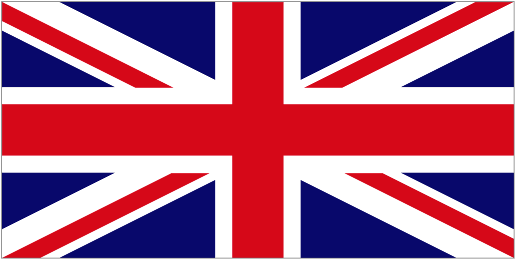
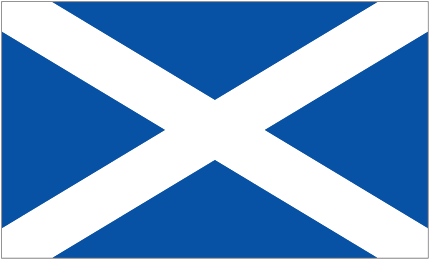
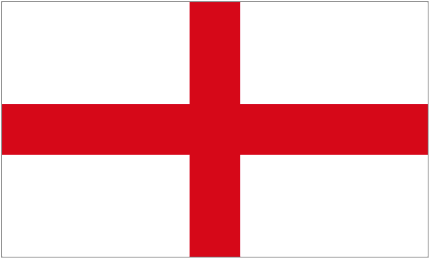
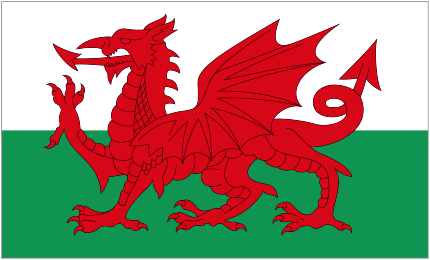
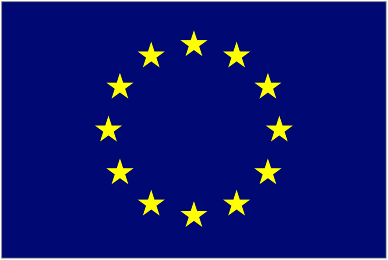
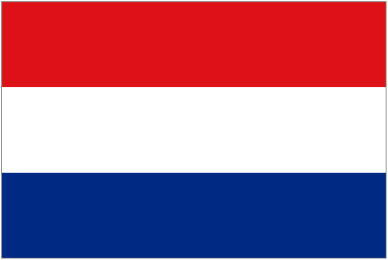

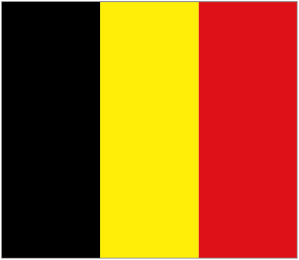
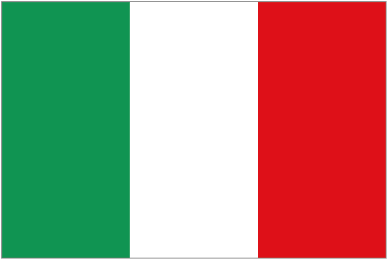
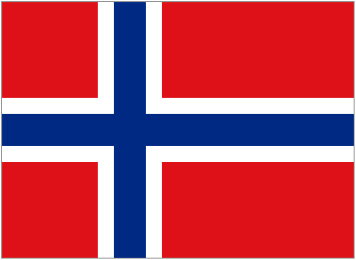
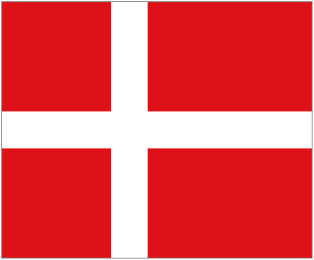



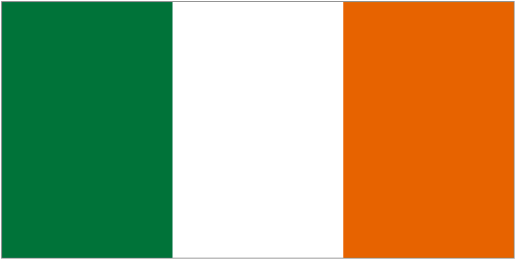
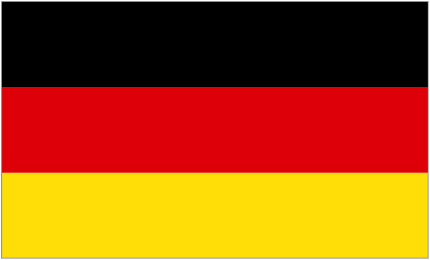
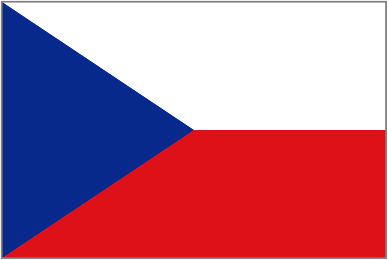
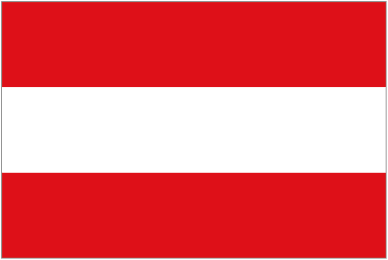
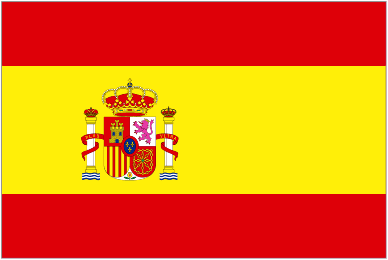

0 Comments:
Post a Comment
<< Home